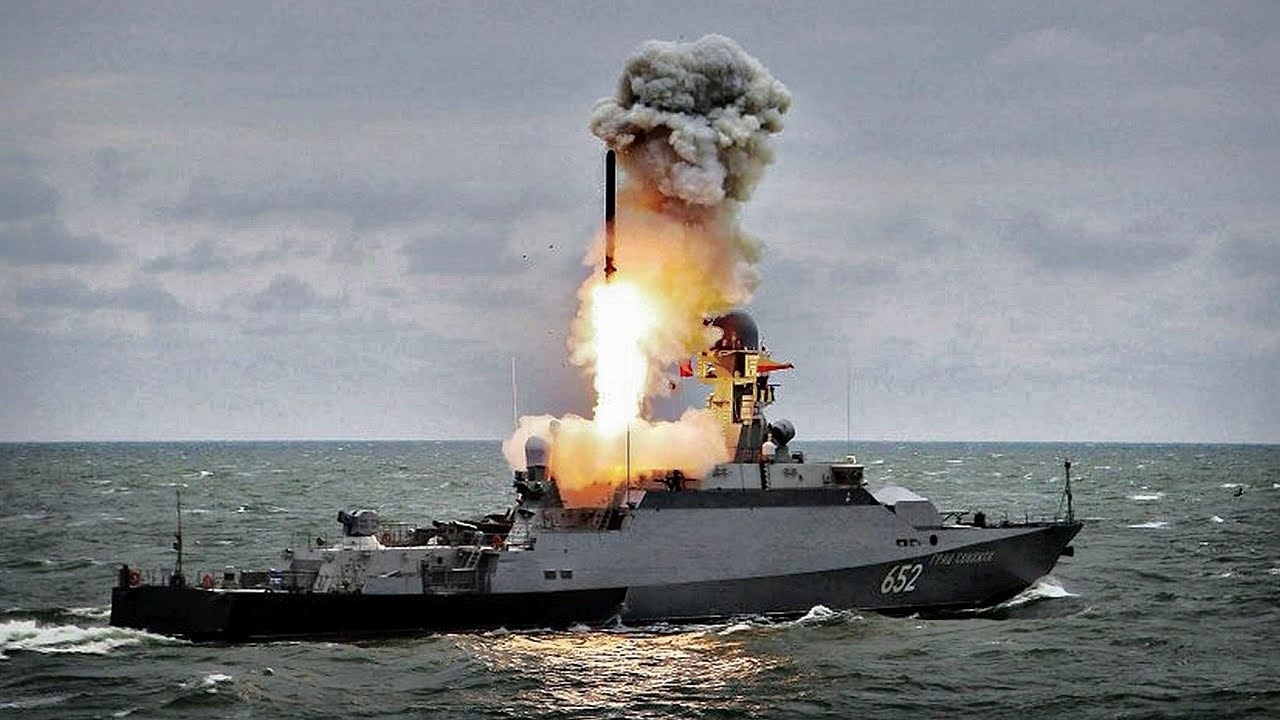Vinnytsia Strike is the Latest Example of Russian Attacks on Ukrainian Civilian Targets – On July 14, Russian cruise missiles struck the Ukrainian city of Vinnytsia, causing significant casualties. While not the first such attack on Ukrainian cities by Russian cruise missiles, it quickly became one of the war’s most emotionally charged, as the unique stories of some of the victims spread rapidly through the internet and the news.
What Happened in the Attack?
Vinnytsia is a city in southwestern Ukraine located partway between the Moldovan border and Ukrainian capital of Kyiv. As such, the city is not a frontline city – the closest battles taking place between Russian and Ukrainian forces are near the city of Kherson on the Black Sea coast, while the fighting in Donbas on the opposite, eastern end of the country is the most active.
In remarks following the attack, Ukrainian President Volodymyr Zelensky said that eight rockets were launched at the city of Vinnytsia, two of which struck the city center. According to Ukraine’s State Emergency Service, the strike occurred around 10:50 am local time. Kyiv claimed that the missiles were likely Kalibr cruise missiles fired from a submarine operating in the Black Sea. At least 23 people were reportedly killed in the attack, while more than 100 others were wounded.
The following day, Russia’s Ministry of Defense offered its own version of events. Russia instead claimed that it had targeted a meeting between officials of the Ukrainian Air Force and its foreign suppliers located in Vinnytsia’s House of Officers, which was struck in the attack. Despite its claim that all attendees of the supposed meeting were killed, Moscow offered no proof to support its claim that such a meeting to coordinate aircraft deliveries and repair had even taken place.
How does this Fit into the Big Picture?
Many attacks similar to Russia’s July 14 attack on Vinnytsia have occurred to date in the war, including several on the central Ukrainian city of Dnipro on July 15. The July attack on Vinnytsia includes many similarities with Russia’s missile attack on the city of Kremenchuk on June 27. In that strike, Russian anti-ship missiles struck a shopping mall and an adjacent industrial plant, which Russia claimed was its primary target. Vinnytsia itself has been struck several times prior, although they were most frequent in the first weeks of the war.
As its army has become more and more embroiled in a grinding war of attrition in eastern Ukraine’s Donbas region, Russia has continued to launch strikes on targets across Ukraine. While the July 14 Vinnytsia attack was launched from a submarine, according to Ukrainian authorities, Russia has increasingly relied on air-launched cruise missile strikes from bombers firing from standoff distance, usually within Russian airspace. Russia’s use of advanced cruise missiles such as the Kalibr as in the case of Vinnytsia and antiquated anti-ship missiles such as in the case of Kremenchuk potentially indicates that Russia’s missile stocks are under some stress as a result of Moscow’s heavy use of such munitions during its war, especially the precision-guided munitions its doctrine particularly values.
While it is difficult to discern Russia’s true intent in each strike, Moscow’s record throughout the war to date demonstrates that it is not concerned by the prospect of civilian casualties and is willing to launch missile strikes at targets in densely populated areas accordingly.
So long as Moscow possesses the munitions to continue its nationwide strike campaign across Ukraine, it will likely continue to do so.
Wesley Culp is a Research Fellow at the Center for the Study of the Presidency and Congress. He regularly writes on Russian and Eurasian leadership and national security topics and has been published in The Hill as well as in the Diplomatic Courier. He can be found on Twitter @WesleyJCulp.

